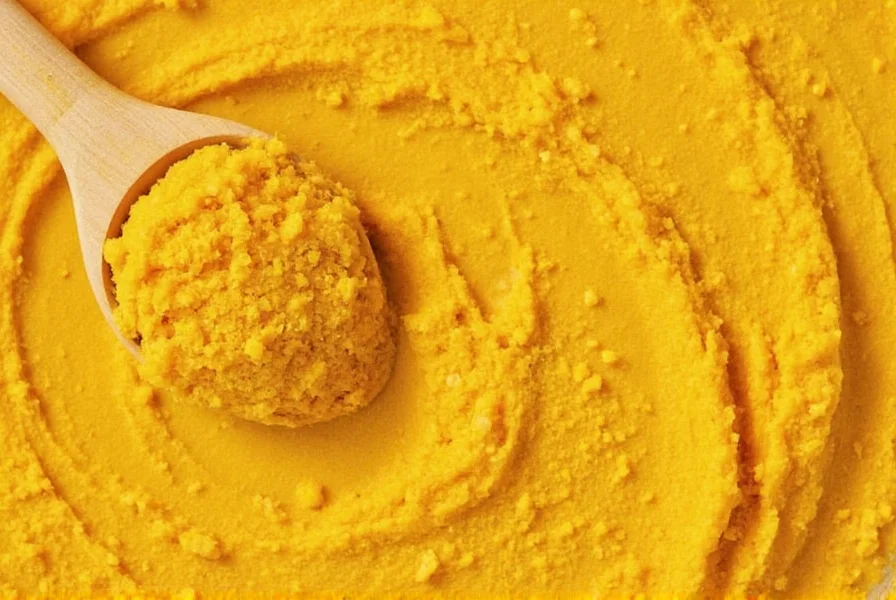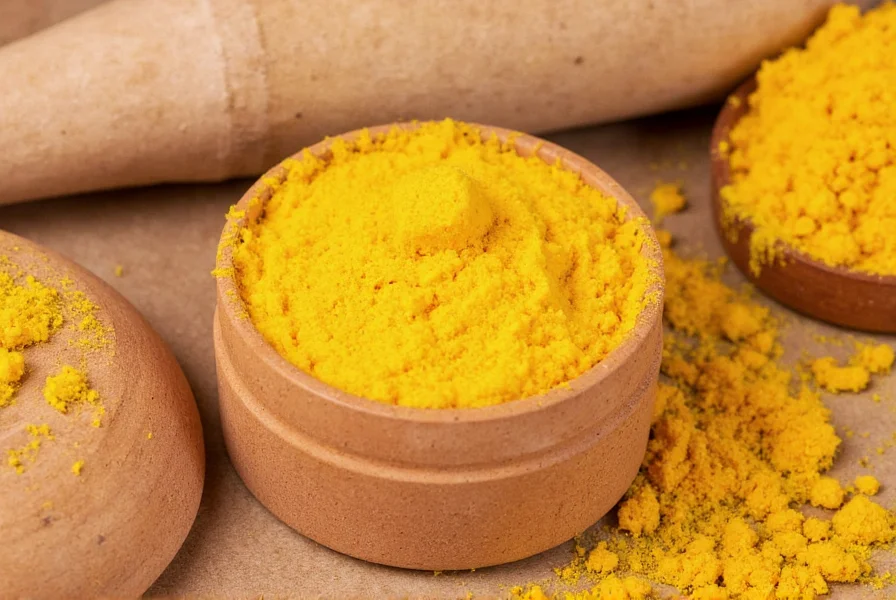For centuries, turmeric has been revered in Ayurvedic and traditional medicine for its healing properties. Modern research now validates many of these traditional uses, particularly for skin health. A turmeric face scrub represents one of the most accessible ways to harness these benefits through a simple, customizable at-home treatment that addresses multiple skin concerns simultaneously.
The Science Behind Turmeric's Skincare Benefits
Curcumin, turmeric's primary active compound, demonstrates significant anti-inflammatory and antioxidant effects according to multiple peer-reviewed studies. Research published in Phytotherapy Research confirms curcumin's ability to inhibit inflammatory pathways in skin cells, making it particularly valuable for conditions like acne and rosacea. Unlike many commercial exfoliants that strip the skin's natural barrier, a properly formulated turmeric scrub provides gentle physical exfoliation while delivering these therapeutic compounds directly to the skin.
When combined with complementary ingredients like honey (for antimicrobial properties) or yogurt (for lactic acid exfoliation), turmeric creates a synergistic effect that addresses multiple skin concerns without harsh chemicals. This natural approach appeals to those seeking clean beauty alternatives, though realistic expectations are crucial—turmeric won't produce overnight miracles but can contribute to gradual improvement with consistent, proper use.
Benefits of Turmeric Face Scrub: What Research Shows
Unlike many skincare trends lacking scientific backing, turmeric has substantial research supporting its topical application:
- Anti-inflammatory action: Reduces redness and swelling associated with acne and eczema
- Antioxidant protection: Neutralizes free radicals that accelerate skin aging
- Brightening effect: Helps fade hyperpigmentation and evens skin tone over time
- Gentle exfoliation: Physical scrubbing action removes dead skin cells without microplastics
- Antimicrobial properties: Helps combat acne-causing bacteria
It's important to note that while turmeric shows promise, most studies examine concentrated curcumin extracts rather than raw turmeric powder. This means results from DIY scrubs may be more subtle than clinical treatments, but the safety profile remains excellent when used appropriately.
Addressing Common Concerns: Staining and Sensitivity
The most frequent concern about turmeric face scrubs is temporary skin staining. This yellow tint typically fades within hours but can be minimized through proper formulation:
| Staining Risk Factor | Solution |
|---|---|
| Using too much turmeric | Limit to 1/4 teaspoon per application |
| Dry powder application | Mix with wet ingredients first (yogurt, honey) |
| Leaving on too long | Rinse after 10-15 minutes maximum |
| Sensitive skin types | Always patch test 24 hours before full application |
Some individuals may experience mild irritation or allergic reactions. Those with known sensitivity to ginger or other rhizomes should exercise caution. Always perform a patch test behind your ear or on your inner forearm and wait 24 hours before applying to your face.

Three Effective Turmeric Face Scrub Recipes
These recipes balance efficacy with minimal staining risk. All measurements are for a single application—never make large batches as fresh is best.
Basic Soothing Turmeric Scrub (All Skin Types)
- 1/4 teaspoon turmeric powder
- 1 teaspoon plain yogurt (full-fat for dry skin)
- 1/2 teaspoon honey
- 1/2 teaspoon oat flour (for gentle exfoliation)
Mix ingredients thoroughly until smooth. Apply to damp skin using circular motions for 60 seconds, leave on for 10 minutes, then rinse with lukewarm water.
Glow-Boosting Scrub (Dull or Mature Skin)
- 1/4 teaspoon turmeric powder
- 1 teaspoon mashed papaya (natural enzymes)
- 1/2 teaspoon almond oil
- 1/2 teaspoon rice flour
This combination provides gentle enzymatic exfoliation along with physical exfoliation. Limit use to once weekly for sensitive skin.
Clarifying Scrub (Oily or Acne-Prone Skin)
- 1/4 teaspoon turmeric powder
- 1 teaspoon aloe vera gel
- 1/2 teaspoon bentonite clay
- 3-4 drops tea tree oil
The clay helps absorb excess oil while tea tree provides additional antimicrobial benefits. Use only 1-2 times weekly to avoid over-drying.
Proper Application Technique for Maximum Benefits
How you apply your turmeric scrub matters as much as the ingredients:
- Cleanse first: Start with a clean face to prevent pushing dirt deeper into pores
- Gentle massage: Use light pressure in circular motions for no more than 60 seconds
- Target areas: Focus on rough patches but avoid the delicate eye area
- Rest period: Leave on for 5-15 minutes (less for sensitive skin)
- Rinse properly: Use lukewarm water and gentle patting—never rub vigorously
- Follow with moisturizer: Apply your regular moisturizer while skin is slightly damp
For best results, use your turmeric face scrub 1-2 times weekly. Overuse can lead to irritation, especially with sensitive skin types. Notice improvements in skin texture and brightness within 4-6 weeks of consistent use.
Storage and Shelf Life Considerations
Homemade turmeric scrubs lack preservatives, so proper storage is essential:
- Always prepare fresh when possible
- If storing, use an airtight container in the refrigerator
- Discard after 3-4 days (sooner if using dairy ingredients)
- Look for signs of spoilage: mold, separation, or sour smell
Never store turmeric scrubs at room temperature, as this encourages bacterial growth. The short shelf life is a small trade-off for avoiding the parabens and synthetic preservatives common in commercial products.
When to Avoid Turmeric Face Scrubs
While generally safe, turmeric scrubs aren't appropriate for everyone:
- Those with known turmeric or ginger allergies
- Immediately after chemical peels or laser treatments
- When experiencing active skin infections or open wounds
- Before important events (due to potential temporary staining)
- During pregnancy (consult your doctor first)
Individuals with very fair skin may experience more noticeable temporary staining. If you have sensitive skin conditions like eczema or rosacea, start with lower concentrations of turmeric and shorter application times.
Integrating Turmeric Scrub into Your Skincare Routine
For optimal results, consider how your turmeric scrub fits within your broader skincare regimen:
- Use in the evening to allow time for any potential staining to fade overnight
- Follow with vitamin C serum to enhance brightening effects
- Always apply sunscreen the next morning (turmeric can increase sun sensitivity)
- Space other exfoliating treatments (chemical exfoliants) on alternate days
- Listen to your skin—reduce frequency if irritation occurs
Remember that natural skincare works gradually. While you might notice immediate softness after exfoliation, significant improvements in tone and texture typically require consistent use over several weeks. Patience and proper technique yield better results than aggressive, frequent application.











 浙公网安备
33010002000092号
浙公网安备
33010002000092号 浙B2-20120091-4
浙B2-20120091-4